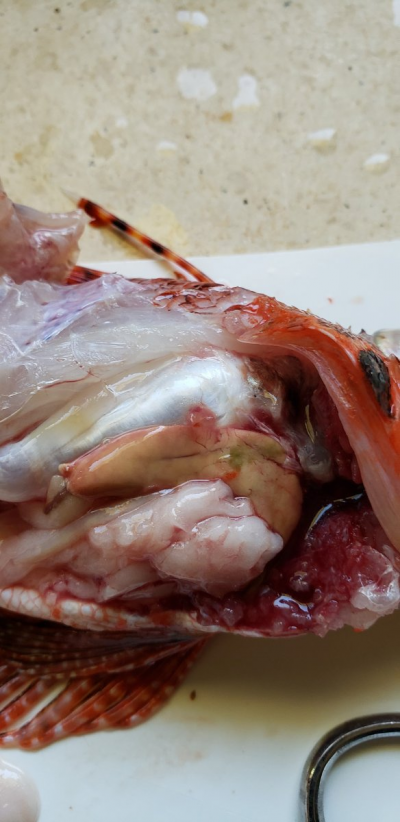- Joined
- Jul 3, 2016
- Messages
- 6,797
- Reaction score
- 8,655
Mind you I'm just a common hobbyist, not an internet expert, so these are just my opinions based on my own experience and observations.
Just something to think about before using meds as a prophylactic treatment; using tank cleaners, even ones masquerading as bacteria; or any other questionable chemical additions. Just think about it, just as meds, chemicals, and environmental factors effect the organs and health of humans; do you not think the same is that for our animal friends.
I did most of my research in this area before the internet and the ease of digital photography, so I don't have alot of visual information. You'll have to trust that I have seen dozens of examples as in the pics below. Copper even being more fast acting and sometimes leaving the organs in a mushy state. the 1st pic of of a dwarf species lion that lived with me over 8 years. The 2nd pic is of a dwarf species lion a year after being treated with a broad range antibiotic. Notice the healthy liver color in the 1st pic, and notice the black hemorrhaged line in the 2nd pic. This is the type of liver damage I've seen dozens of times with fish treated with copper and antibiotics. Sometimes they kill fast, sometimes they kill slow.
The thing is I'm a simple hobbyist, there are alot smarter people than I out there. This is the reason I would never buy from a supplier that runs meds in their system or people that treat prophylactically.
EDIT: the pics got reversed, you can see the damage in the 1st pic, the 2nd pic is the healthy liver.


Just something to think about before using meds as a prophylactic treatment; using tank cleaners, even ones masquerading as bacteria; or any other questionable chemical additions. Just think about it, just as meds, chemicals, and environmental factors effect the organs and health of humans; do you not think the same is that for our animal friends.
I did most of my research in this area before the internet and the ease of digital photography, so I don't have alot of visual information. You'll have to trust that I have seen dozens of examples as in the pics below. Copper even being more fast acting and sometimes leaving the organs in a mushy state. the 1st pic of of a dwarf species lion that lived with me over 8 years. The 2nd pic is of a dwarf species lion a year after being treated with a broad range antibiotic. Notice the healthy liver color in the 1st pic, and notice the black hemorrhaged line in the 2nd pic. This is the type of liver damage I've seen dozens of times with fish treated with copper and antibiotics. Sometimes they kill fast, sometimes they kill slow.
The thing is I'm a simple hobbyist, there are alot smarter people than I out there. This is the reason I would never buy from a supplier that runs meds in their system or people that treat prophylactically.
EDIT: the pics got reversed, you can see the damage in the 1st pic, the 2nd pic is the healthy liver.















